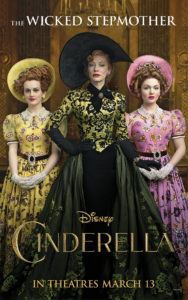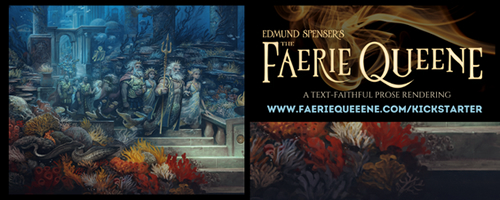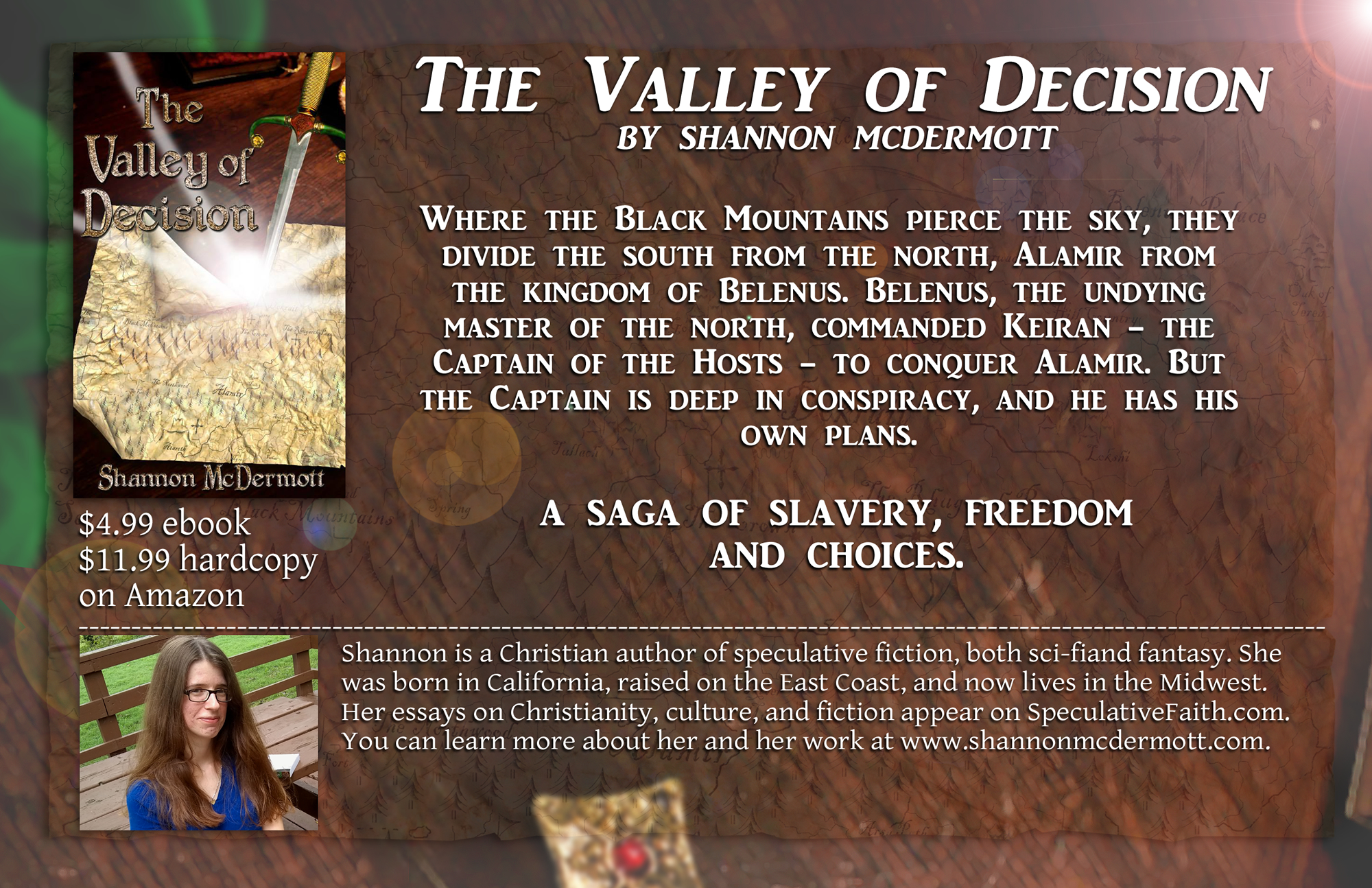Cinderella: Something Old, Something New
I’m tempted to begin this review the way they used to introduce famous people on TV: “My guest tonight needs no introduction …” This line has received its share of ribbing, being an introduction that declares itself pointless, but in fairness, you always need an introduction. Even for people everybody already knows about.
When I first heard that Disney was doing a live-action remake of Cinderella, I thought they could not have chosen a better fairy tale to remake. Of all the classic Disney princess movies — and by “classic”, I mean movies that Walt Disney himself had a hand in — Cinderella was the weakest. I have never regarded the old Cinderella as a bad movie; Disney, at his worst, was better than that. But it is nothing approaching a great movie. It does not really explore the fairy tale of Cinderella, its facets and its potential.
But the new Cinderella does. Rather than rewriting the old fairytale (evidently a great temptation for modern storytellers), the movie retells it, making various changes and elaborations but staying faithful to the essential story. At the same time, the movie seriously considers the fairy tale and its characters.
As Tangled did, Cinderella finds its exceptionality in blending the best of the old with the best of the new. In the classic Disney princess movies, the princesses tended to be mild and predictable, and the princes absolutely generic. (Only Prince Philip, who fought a dragon and has an actual first name, stands out.) The secondary characters were always more colorful and often more developed: the dwarves in Snow White, the fairies in Sleeping Beauty, the mice in Cinderella.
Cinderella had this syndrome particularly bad, almost sidelining the human characters; perhaps Walt Disney’s first love of animated mice betrayed him. But the new Cinderella finds its focus on Cinderella and her prince, realizing them as actual personalities and making them active agents of their own story. This movie pursues the outstanding question the fairy tale raises about Cinderella: Why did she put up with her stepmother’s mistreatment so sweetly?
In another modern touch, it also seeks to understand Cinderella’s stepmother, to find the human reason behind her cruelty. Yet it never  relents in making her the villain — notable during a time when turning traditional villains into heroes and antiheroes is popular, and probably a feat at any time; it’s not easy to both understand and condemn.
relents in making her the villain — notable during a time when turning traditional villains into heroes and antiheroes is popular, and probably a feat at any time; it’s not easy to both understand and condemn.
If stepmothers are the bugaboo of old-fashioned fairy tales, then fathers and arranged marriages are the bugaboos of newfangled fairy tales. Cinderella rejects the first, including fathers with unusual prominence, and also unusual respect and tenderness.
It does, however, incorporate arranged marriage as a danger to True Love, threatening the prince’s quest for happiness as Cinderella’s stepmother threatens hers — a total innovation on the first Disney Cinderella, where the prince could marry anybody he wished and his father merely insisted that he marry somebody (he daydreamed of grandchildren). But as with the stepmother, the movie finds the reason without giving approval.
Although the modern influences are obvious, and generally constructive, Cinderella is anchored to the old tale. It makes no attempt to be an action movie, firmly resists any pull toward darkness, and most importantly, lets Cinderella be Cinderella. For what is most arresting about Cinderella is that she endures hardship and injustice with a “sweet and steadfast will” — a kind of heroism in its own right. And not only does this movie leave that to her, it sums it up in two words: courage and kindness.
Or, to put it another way, strength and goodness.
Cinderella is the best sort of fairy tale retelling, one that takes the story to the heights of its possibilities while remaining itself. Told with heart and thoughtfulness and style, Cinderella turns one of the Disney canon’s weakest points into one of its strongest.







































I enjoyed this movie! I didn’t LOVE it, probably because I really enjoy twists and creative reimagining, so the straightforward telling of the fairy tale as-is was a little dull to me. I also wished for the gracious forgiveness Cinderella extends to her stepsisters and stepmother in some of the original tales. This one ended with her amused vindication, which didn’t seem to sit with her kindness through the rest of the movie. But I loved the messages of “have courage and be kind,” the well-written characters, the fantastical elements, and the realness of the stepmother especially. That is a great point, that they helped us understand her while still portraying her as evil…that’s so rare in movies nowadays, where filmmakers are inclined to paint villains as misunderstood victims.